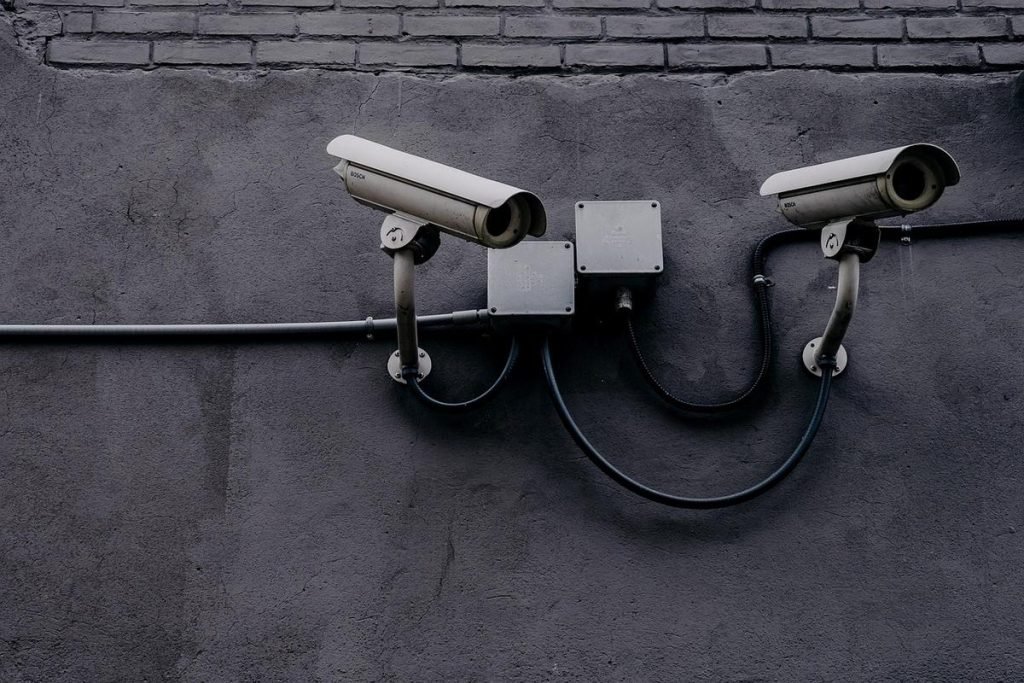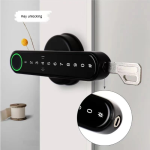As schools add new buildings and student numbers climb, keeping everyone safe has become more demanding. Security teams on both K-12 and higher education campuses face growing complexity. They are responding by deploying advanced physical security platforms that extend beyond basic surveillance. These systems help identify risks sooner and offer fresh ways to improve daily campus operations.
Modern physical security platforms gather data from multiple sources. Surveillance cameras, video management systems, door readers, automatic license plate recognition units and motion sensors all feed into a unified data stream. That stream holds clues not only about unauthorized entry or suspicious behavior, but also about how people and vehicles move around campus each day.
By examining these records, administrators can make smarter choices on budgets, staffing, space usage and emergency planning. Raw video or log files gain new value when analytics detect crowding, long wait times at entrances, unusual parking patterns or areas that stay empty for long stretches. That information can guide managers on where to focus resources first.
An open security platform merges all these devices within a shared framework. It gives campuses the chance to repurpose equipment already in place, using existing gear for fresh monitoring and reporting tasks. Teams from security, facilities and IT gain access to the same interface, speaking a common language and seeing the same data live.
When security data funnels into an integrated platform, it becomes a key part of digital transformation. Campus leaders can link analytics with other enterprise systems to adjust class schedules, allocate cleaning crews or update utility settings automatically. The platform becomes a central engine driving efficiency across day-to-day tasks.
The ideal setup shows all live and historical inputs in one control panel. From sports arenas to research labs, administrators see activity levels, entry events and video clips in the same window. Operators can click on a classroom icon and pull up access logs, camera feeds or sensor data without switching tools.
Small systems dedicated to one function create information silos. Each tool has its own login, interface and reporting method. That forces operators to jump between screens, copy and paste data or rely on spreadsheets. Bringing everything under one roof cuts those handoffs and offers a single source of truth.
When an incident occurs, logs from cameras, door readers and parking sensors combine to show what happened minutes before and after. Teams can trace a license plate back to its entry time or watch crowd flow near a restricted zone. Context helps decision-makers see root causes rather than just response steps.
To unlock data’s full potential, start by listing your priorities. What problems need immediate attention? Long cafeteria lines? Underused study spaces? Bottlenecks at gym entrances? Having clear goals lets you pick the right analytics modules and plan dashboards that track the most relevant metrics.
Once key use cases emerge, gather the right players around the table. Security officers, IT staff, facilities managers and campus leadership each bring a unique perspective. Understanding who will act on the data, and how, lays the groundwork for a successful rollout of a unified platform.
Much of the hardware needed may already sit in halls and parking lots. Cameras installed for safety can feed people counting algorithms. Access control readers by dormitories can tally door openings to gauge peak study hours. Sensors mounted near entries can detect crowding and trigger alerts.
Automated counting tools track how many individuals pass through entry points or move in corridors. That data helps reduce lines, manage occupancy caps and comply with health guidelines. It also reveals which common areas go unused, signaling chances to reconfigure space or adjust maintenance schedules.
Automatic license plate recognition tools record vehicle arrival and departure times. When integrated with digital signage, those feeds can steer drivers toward lots with open spaces. Campus safety teams spotted stopped vehicles in fire lanes and dispatched staff quicker thanks to real-time alerts.
Emergency message boards in hallways or parking decks do more than warn about storms. They can display live parking availability or show alternate building entries when main doors lock down for events. Pulling fresh data into familiar screens keeps everyone informed without investing in new displays.
Brick-and-mortar shops often use cameras to see which shelves run empty or where aisles slow foot traffic. Campus bookstores and convenience stores can apply similar tools to reorder stock automatically, shift shelf layouts and avoid checkout chokepoints during peak hours.
Surveillance and access logs reveal spaces suffering from overcrowding or neglect. If a lecture hall sits idle most afternoons, cleaning or HVAC cycles can run less often. Frequent door requests at entry gates can prompt preemptive hardware checks and spare part orders.
Occupancy data also ties directly into energy management plans. Rooms largely vacant during evenings can drop to a lower temperature setting or have lights switch off after a period of inactivity. That policy reduces utility bills while still keeping classrooms ready for use.
Security departments focus on threat detection and incident response, yet their data holds value far beyond safety teams. Facilities, administration and tech divisions can all tap into the same analytics to improve scheduling, streamline maintenance and report compliance measures more accurately.
Parking services often own ALPR systems used for fee enforcement. If access to those records is shared with security operators, investigators can trace vehicles tied to mischief or build event timelines faster. That cross-team visibility makes both parking and safety functions stronger.
When student and staff cards join the central platform, the system can authenticate mobile credentials at doors and grant cafeteria payments. NFC passes on smartphones replace plastic IDs, letting users open dorms, labs or library gates without extra hardware.
A single, integrated framework centralizes devices and applications, offering a holistic view of campus operations. Real-time dashboards deliver insights on security threats, room use, parking and facility performance. That comprehensive perspective supports decisions about staffing, renovation projects and emergency planning.
Different roles need different views. Safety officers want alerts and video clips. Facilities managers track door cycles and usage trends. IT teams look for network health and device uptime. A unified system can crop each dashboard so users see only the data that matters for their daily tasks.
Moving beyond lock-and-key or guard patrols, campuses that integrate security data become more nimble. Booking systems can trigger lighting changes, or shuttles can deploy when sensors detect late-night foot traffic. Linking analytics to other software tools creates possibilities for automation across operations.
Rolling out a unified security platform requires a plan, but significant investments may not be needed. Institutions can pilot small projects—like people counting at main gates or windowed license plate recognition in a single lot—and expand functionality as value becomes apparent.
By making security infrastructure work for more than risk response, campuses can invest strategically in hardware and software over time. Each added feature proves its worth through measurable improvements in safety, efficiency and user satisfaction, paving the way for progressive updates aligned with institutional goals.



